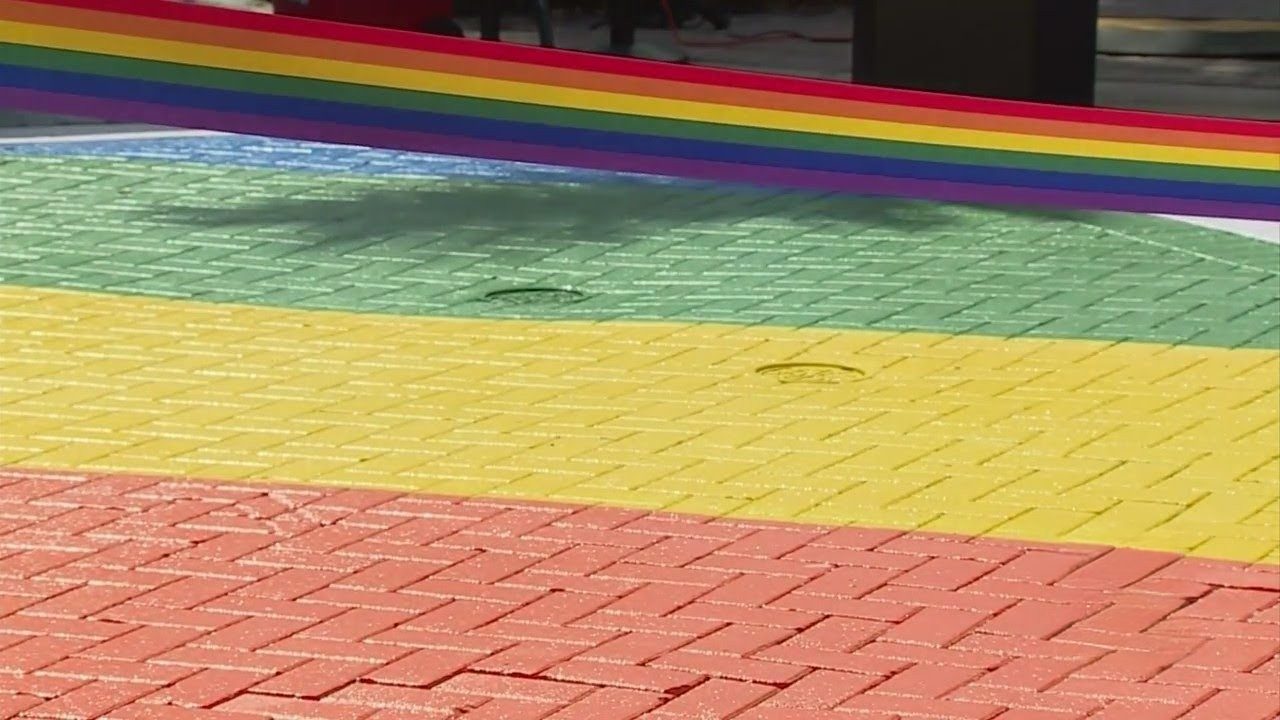In yet another twist in the ongoing culture wars, three individuals were arrested in Spokane, Washington, after allegedly damaging a recently repainted “pride” crosswalk. The incident has sparked debate and controversy, raising questions about respect for public symbols and the boundaries of free expression.
Here’s what went down: On a seemingly ordinary Wednesday, four people on Lime scooters took to the streets, but their ride was anything but routine. According to court documents and local reports, these scooter riders repeatedly rode over the pride mural, leaving black scuff marks that stretched across the entire crosswalk. Witnesses claim the teens were intentionally marking up the mural, and when confronted, they reportedly refused to stop and used foul language.
The crosswalk, a symbol of the LGBTQ+ community, had already been restored once after being vandalized with liquid and fire in mid-May. Spokane police acted quickly, using witness accounts and video surveillance to track down and arrest three suspects within 34 minutes of being notified.
Ruslan V.V. Turko, 19, was among those arrested, alongside two minors. They now face charges of first-degree malicious mischief. Turko was released on his own recognizance after a hearing where prosecutors initially called for a $15,000 bond. One condition of his release was that he stay away from the mural and avoid contact with the other suspects.
Lime, the company behind the electric scooters, swiftly condemned the incident. In a statement, they announced plans to make the mural area a no-ride zone. What does that mean for future riders? When a scooter enters this designated area, it will come to an automatic stop—no more joyrides over the pride mural.
This incident highlights the tensions that can arise around symbols of identity and community. The actions of these teens, whether seen as rebellious mischief or deliberate disrespect, underscore how divisive such symbols can be.
So, what’s next? As the legal process unfolds, the broader conversation about public symbols and respect continues. Are incidents like this a sign of deeper societal rifts, or just isolated acts of vandalism? And how far should authorities go to protect these symbols?
This isn’t just about a crosswalk; it’s about community values and the lines we draw—both literally and figuratively. As Spokane and other cities navigate these issues, the balance between free expression and respect for community symbols remains a delicate one.


Leave a Comment